When winter hits the UK and the cold weather really takes a grip, we rely more on our cars than ever. Being able to get around without being exposed to the cold too much is one of the big benefits of being a driver. Even if your car just as a fan heater, it can make the cold weather much easier to cope with.
The cold weather can also bring dangerous conditions with it. The occasional snowstorm can send the country into a standstill. But it’s when icy conditions arrive that you really start to see how dangerous the winter can be. The good news is that most cars are able to cope with the majority of winter weather. With a bit of knowhow, you can still use your car. Here is our guide on how you can safely navigate icy roads during the cold winter months.
Check your tyres
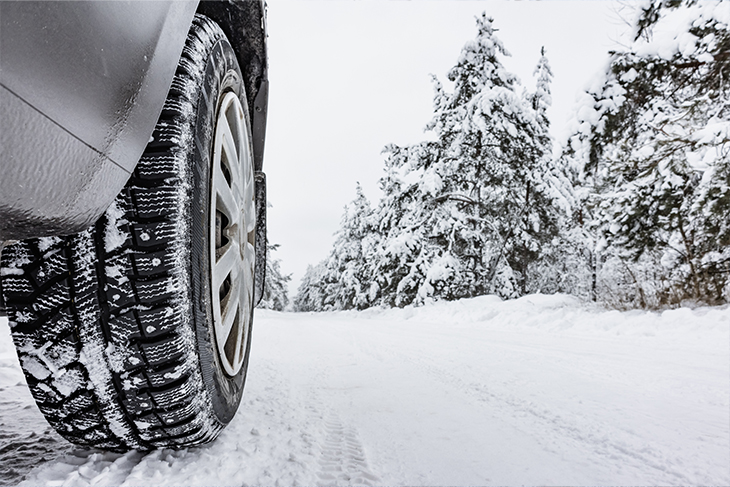
You should be checking your tyres all-rear round, but in the winter it’s vital that you ensure that your four wheels have the correct tread depth and inflation. The tread depth is used to gain grip on the road. When conditions are icy, then you’ll need as much tread coverage as possible. Any areas which don’t have enough tread will struggle to hold onto the road.
So, if you need to brake sharply, you will not have as much grip and it will take longer to stop. That could mean you hit the brakes harder to try and compensate, which is the last thing you want to do on icy roads as this can result in a slide.
Go slow and brake softly
The cold can tend to hurry us about, but in icy conditions, you will want to take your time as much as you can. By driving more slowly, you’ll be giving yourself more time to react to other drivers and to hazards on the road.
If you do see a hazard, then you should apply the brakes as gently as possible. Slamming the brakes will give your tyres less time to grip onto the road, and you can end up sliding. Remember, braking distance is ten times the length of braking in normal conditions.
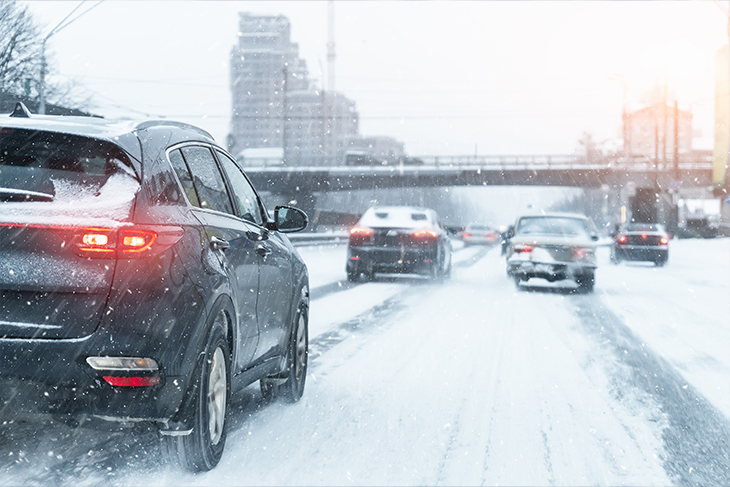
Be careful with steep hills
Knowing the route you are going to take in icy conditions is also important. If you live in an area with lots of steep hills, or will be travelling someplace that has them, then you know these are going to be more dangerous.
Avoid them entirely if you can. If not, approach them cautiously. Have they been gritted? Are there signs of accidents that means you should turn back? It might be worth turning back if it looks too dangerous.
Invest in some de-icer
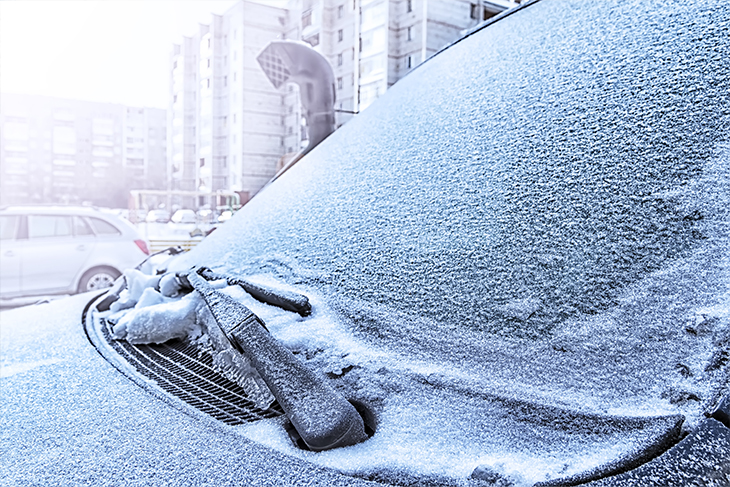
You’ll need to be able to have as much information as possible when you’re driving. So you’ll need to ensure you can see as much of the road as you can. De-icer spray can remove any frost from your windows and wing mirrors. So having some to hand is going to be a real timesaver in icy conditions.
Make sure your car has antifreeze
As well as de-icer for the outside of the car, you need to ensure that your car’s water has a good level of antifreeze. Make sure you top up, ideally before the cold weather hits. The last thing you want is your car engine’s freezing up and taking forever to get going. Any delay will likely mean you end up rushing, which will mean you’ll take more risks on the icy roads. The last thing you want to do.
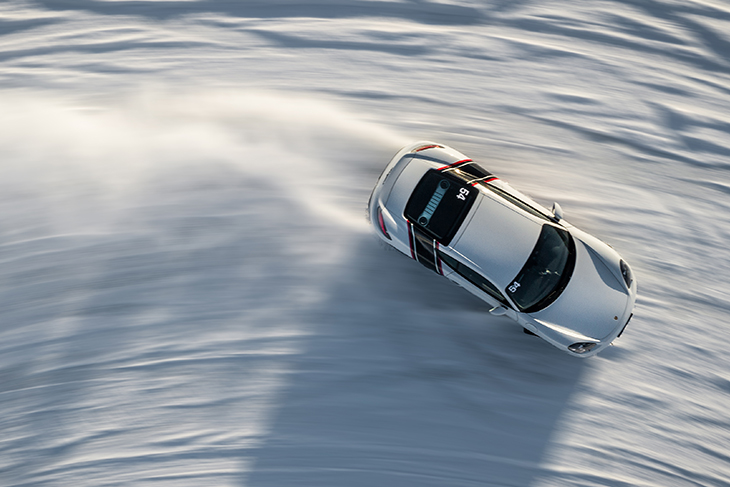
What to do if your car starts to spin
This is a question we all ask ourselves. If your car starts to spin, what do you do? Do you turn into or out of the spin? The answer is to steer gently into the direction of the spin. So if you are spinning to the left, turn the wheel to the left. Make sure you keep your hands on the wheel and try to brake as slowly as you can. It’s easy to get into a bit of a panic, so try and remain calm.
What to do if you have an accident
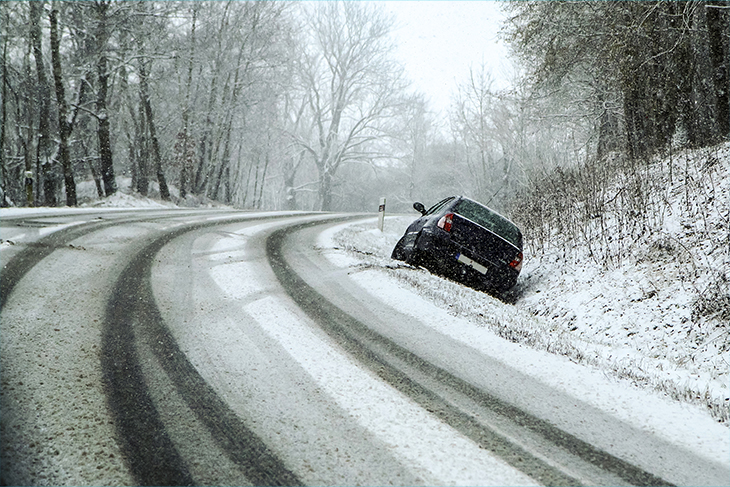
If you do end up having an accident, here’s what you need to do. First, check that you and your passengers are okay. If it’s safe to do so, get out of the car and move to a safe place away from the road. Immediately call 999 and speak with the police. You should then contact your breakdown recovery service and let them know what’s happened.
If you have any cones or warning triangle in your car, take it out and place it on the road ahead of the accident. That should help warn other drivers of the upcoming hazard and hopefully prevent a massive pile-up.
Avoid driving if you can
The best course of action in icy conditions is to avoid driving if you can. By following our tips, you’ll be able to drive as safely as you can, but you cannot factor in other drivers. Breakdown and emergency services will also be stretched during this periods, so it may take a lot longer to get to you if you have an accident or find yourself stuck. So if you can avoid driving, we suggest you do so. Wait for the ice to melt and then head out on the road again.
Are You Ready to Save on Car Finance?
If you’re considering getting a new car, then you don't want to miss out on what Creditplus can offer. Applying with us will not affect your credit profile, so why not complete a quick application now.
Apply Online Today!See our latest car deals

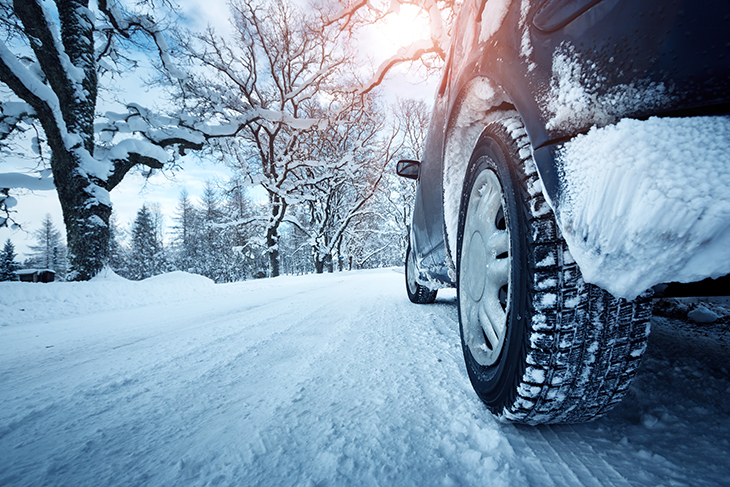



 Facebook
Facebook Twitter
Twitter Instagram
Instagram LinkedIn
LinkedIn Youtube
Youtube